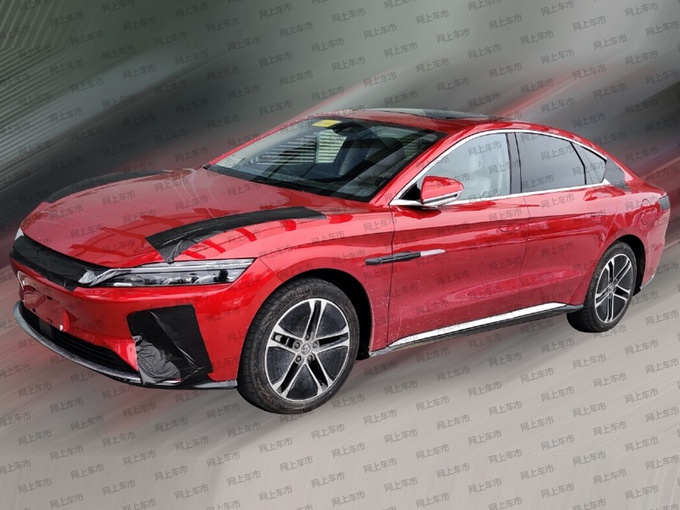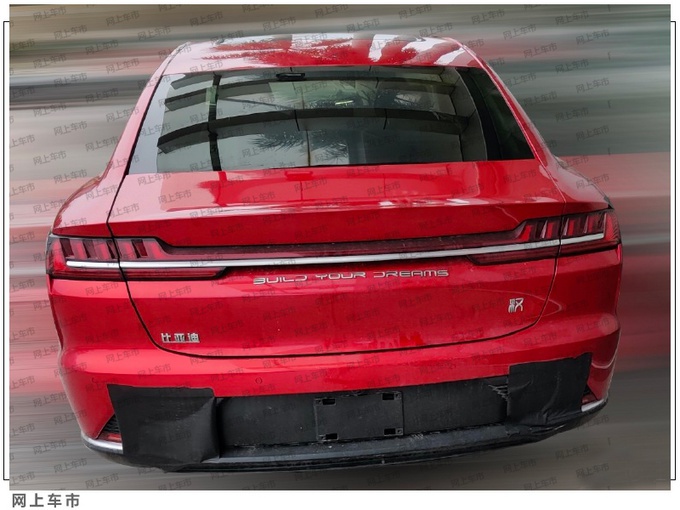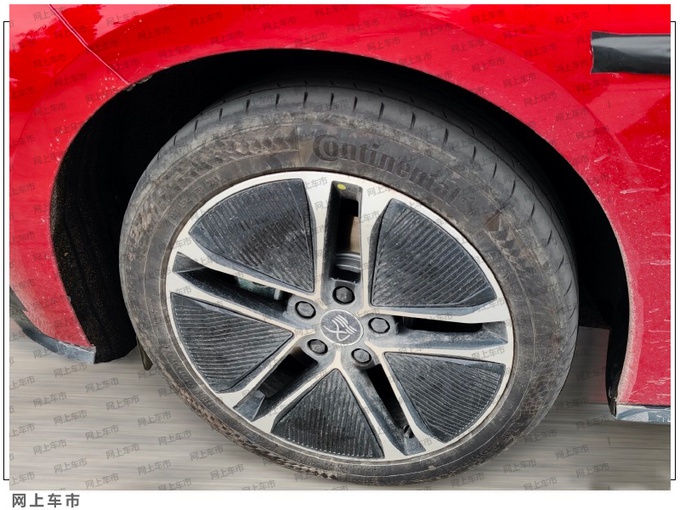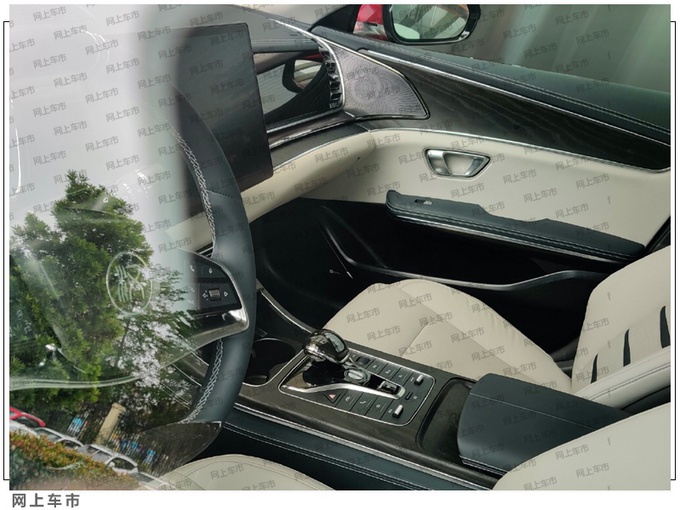No more spontaneous combustion! BYD’s pure electric version of real vehicle exposure is expected to be 200,000.
A few days ago, we obtained a set of real pictures of BYD Han, which is a pure electric version of Han. The front face design of the new car is different from the plug-in hybrid version, and it has been upgraded on the basis of BYD’s family-owned Dragon Face front face. Compared with other models that still use the old lithium iron phosphate battery, the latest blade battery developed by BYD is used on the Han EV. The online auto market recently learned from BYD’s 4s store in Beijing that the pure electric version of Han will be listed as early as June, and the estimated price range is from 200,000 yuan. After the car is launched, it will compete head-on with the domestic Tesla Model 3.
I have to mention that Wang Chuanfu, chairman and president of BYD Group, once said to the blade battery used by Han EV that "(blade battery) embodies BYD’s determination to completely end the safety pain point of new energy vehicles and completely erase the word’ spontaneous combustion’ from the dictionary of new energy vehicles."



BYD Han EV adopts the design concept of front circle and rear circle as a whole to reduce the wind drag coefficient. Because it is a pure electric version, the front grille of the car adopts a closed design, and the tail is basically the same as the plug-in hybrid version.
According to the previous application information, Han EV will provide two kinds of tyre size, 245/50 R18 and 245/45 R19, and the suspected 19-inch continental rims are used in this exposure model. In the interior part, the overall style of Han EV is beige and black, and the larger central control panel and leather seats all reflect the "identity" of BYD’s flagship car.

Han EV has a length, width and height of 4980×1910×1495mm and a wheelbase of 2920mm, respectively. In terms of power, the new car uses Ferrous lithium phosphate blade battery. The new car provides two power types: single motor (maximum power 163kW) and double motor (front 163kW, rear 200kW). This is the first time BYD has used the double motor version in cars. The maximum speed of the single motor version is 185km/h, and the power consumption per 100km is 13.9kWh. In terms of battery life, Han EV will provide three NEDC working condition versions of 506km, 550km and 605km.